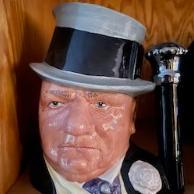Community
Forums
-
- 8.2k
- posts
-
- 2.1k
- posts
-
- 3.9k
- posts
-
- 4k
- posts
-
- 41.9k
- posts
-

- Is this fair
- By Tom King,
-
Who's Online 1 Member, 0 Anonymous, 34 Guests (See full list)
-
Forum Statistics
31.2k
Total Topics422.2k
Total Posts -
Member Statistics









